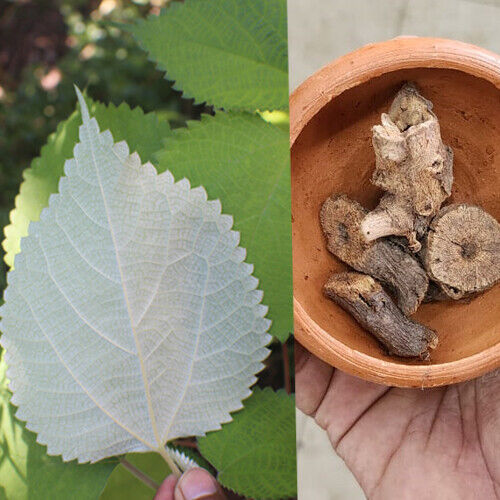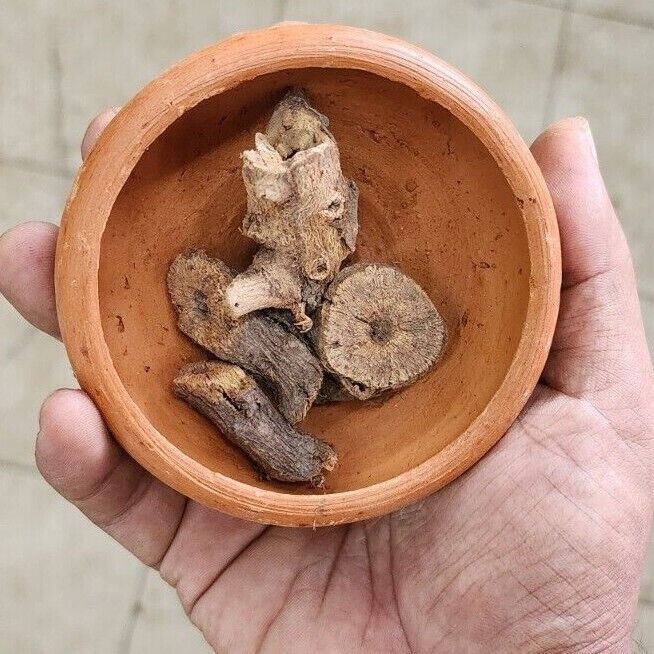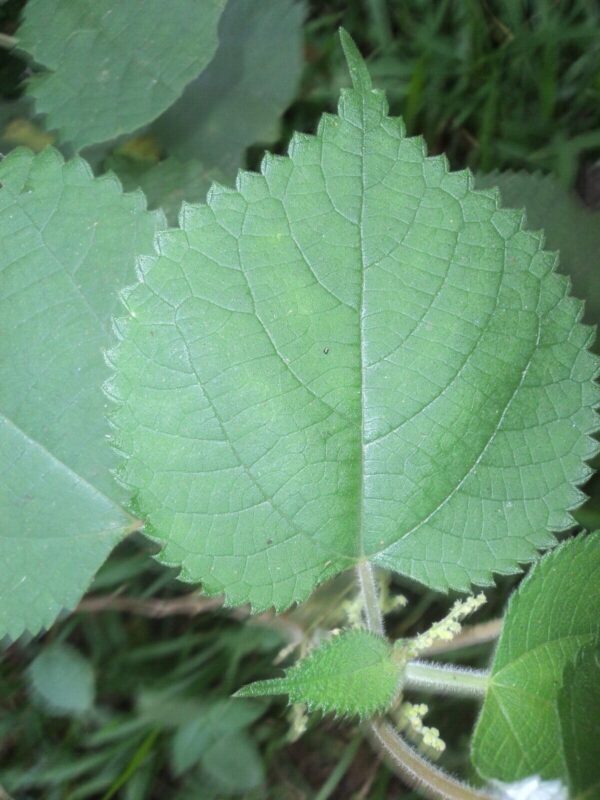Blog
How to Use Ramie , La Gai (Boehmeria nivea) to Make Authentic Vietnamese Bánh gai

Have you ever discovered that something you thought you knew had a completely secret identity? In the plant world, few have a double life as fascinating as Boehmeria nivea.
To most of the world, this plant is known as Ramie, one of the oldest and strongest natural fibers known to humankind. For over 6,000 years, its stalk has been transformed into lustrous, durable textiles, earning it the nickname “China Grass.” We wear it, we use it in our homes, and we admire it for its sustainable strength.
But if you mention Ramie to a chef in Vietnam, you’ll get a knowing smile. Because in Vietnamese cuisine, its leaves hold a treasured secret. There, it’s not called Ramie. It’s called Lá Gai, and it’s the soul of one of the country’s most beloved desserts.
Today, we’re pulling back the curtain on this amazing plant. We’ll explore its culinary magic as La Gai and uncover the traditional health benefits hidden within its leaves and roots.

A Plant of Two Worlds: The Weaver’s Friend and the Chef’s Secret
It’s crucial to understand the two faces of Boehmeria nivea to appreciate its full story.
- Ramie – The Textile Titan: As Ramie, the plant is cultivated for the fibrous inner bark of its stem. This fiber is incredibly strong, naturally resistant to bacteria, and creates a fabric similar to linen. It’s an ancient technology that’s finding new life in sustainable fashion.
- Lá Gai – The Culinary Star: As La Gai, it’s the leaves that are prized. These large, heart-shaped leaves are not used for fiber, but for their unique color, flavor, and texture-enhancing properties in food, especially traditional sweets.
The Heart of Vietnamese Tradition: Cooking with La Gai
The most famous culinary use of La Gai leaves is as the essential ingredient in Bánh gai, a traditional Vietnamese black sticky rice cake. If you’ve ever seen a dark, almost black, chewy dessert filled with sweet mung bean paste, you’ve likely experienced the magic of La Gai.
The Soul of Bánh gai Bánh gai is more than just a sweet treat; it’s a cultural staple, often enjoyed during celebrations like Tết (Vietnamese Lunar New Year). The unique character of this cake comes directly from the La Gai leaves.
Here’s how they perform their magic:
- Color: The fresh leaves are boiled until soft.
- Transformation: They are then ground into a thick, dark, blackish-green paste.
- Flavor and Texture: This paste is kneaded into glutinous rice flour. It imparts a subtle, herbal, tea-like flavor and, most importantly, gives the cake its signature deep color and delightfully chewy, mochi-like texture.
Without La Gai, there is no Bánh gai. The leaves are the heart and soul of the recipe, a secret passed down through generations. While this is its most famous use, the leaves can also be used to make a traditional herbal tea.
Beyond the Kitchen: Traditional Health Benefits of Ramie Leaves

Long before its leaves were lending their color to desserts, they were being used in traditional medicine across Asia for their wellness-supporting properties.
1. A Natural Anti-inflammatory Soother
In folk remedies, both the leaves and roots of Boehmeria nivea have been used to create poultices. When applied externally, these preparations are believed to soothe inflammation, reduce swelling from insect bites, and calm general skin irritations.
2. Supporting a Healthy Urinary System
The plant is known to have natural diuretic properties. In traditional herbalism, a tea or decoction made from the roots or leaves was often used to encourage healthy urine flow, helping the body’s natural process of flushing the urinary tract.
3. Rich in Protective Antioxidants
Like many dark leafy greens, Ramie leaves are a source of beneficial antioxidants, including flavonoids. These compounds are vital for protecting the body’s cells from oxidative stress caused by free radicals, contributing to overall health and well-being.
From Ancient Fabric to Modern Feast
Isn’t it amazing that a single plant can be woven into a durable shirt and, at the same time, be the key ingredient in a soft, chewy dessert? Boehmeria nivea is a stunning example of nature’s versatility. So, whether you know it as the mighty Ramie, the delicious La Gai, or simply the “White Nettle,” it’s a plant that has been serving humanity in incredible ways for thousands of years, reminding us that there’s always more to discover if we just look a little closer.
Disclaimer: This article is for informational and educational purposes only. The information provided is based on traditional uses and available literature and does not constitute medical advice. Please consult with a qualified healthcare professional before using any herbal product for health purposes.

Discover more from Nath Mart
Subscribe to get the latest posts sent to your email.
